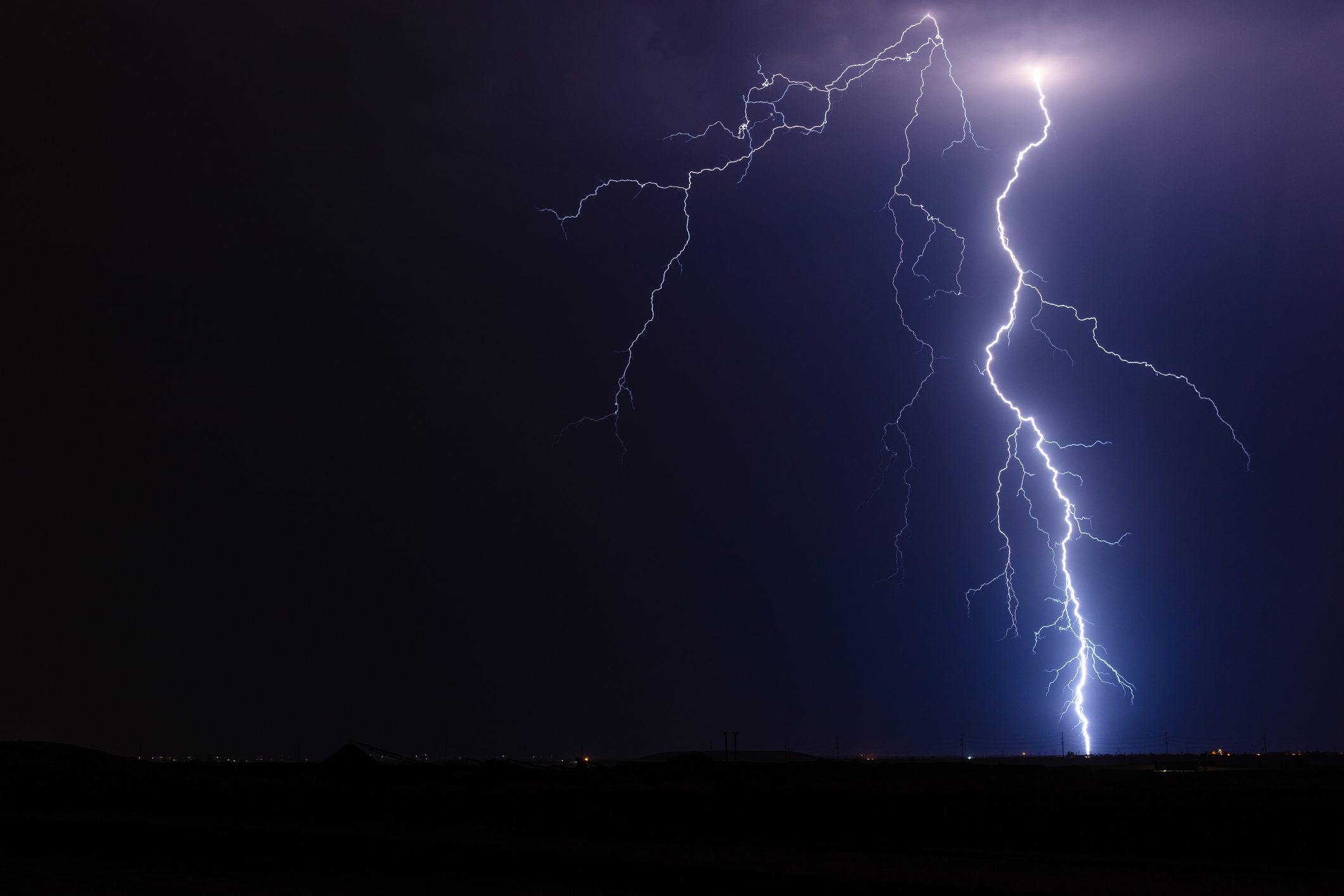A satellite from the National Oceanic and Atmospheric Administration (NOAA) recorded a massive streak of lightning stretching almost 500 miles in the southern United States. The strike, which was observed in April of 2020, is now officially recognized as the longest lightning strike to ever be recorded.
NOAA states that a cluster of storms, stretching from Houston to Mississippi, allowed a single lightning strike to connect and produce the monstrous flash. The result was a complex web of glowing electricity.
Measuring 477 miles, it beat out the previous record of 440.6 miles that occurred in southern Brazil in 2018. According to the BBC, typical lightning strikes rarely extend more than ten miles and last less than a second.
The record for the most prolonged duration of a megaflash was also set in 2020. The flash was captured in Uruguay, lasting 17.1 seconds. The previous record was 16.7 seconds, the BBC reports.
An article by the American Meteorological Association documented the phenomenon, stating, “Megaflashes do not occur in ordinary thunderstorms. They require expansive electrified clouds that discharge at sufficiently low rates to facilitate single horizontal flashes spanning extraordinary distances.”
They claim that due to the positioning of satellites, most of these megaflashes are observed in the plains region of the U.S. or in South America. With future advanced technology, there is the possibility that scientists could observe even bigger flashes in places such as India.
Scientists used to be limited in the way that lightning strikes were tracked. Measuring devices on the ground, known as Lightning Mapping Arrays, would use GPS and sensors to create data about strikes.
The NASA Geostationary Operational Environmental Satellites are now being used to track meteorological phenomena, a huge advancement from the traditional grounded sensors.
“Environmental extremes are living measurements of the power of nature, as well as scientific progress in being able to make such assessments. It is likely that even greater extremes still exist, and that we will be able to observe them as lightning detection technology improves,” says Randall Cerveny, spokesperson for the World Meteorological Association.
Cerveny added that the recent findings were “extraordinary,” and these huge single-flash events are becoming more apparent. In 2019, the second-place record for the longest duration was set in nearly the same area as the 2020 record in Uruguay. As scientists in the meteorological field continue to monitor these megaflash events, we will likely see more records set in the future.







